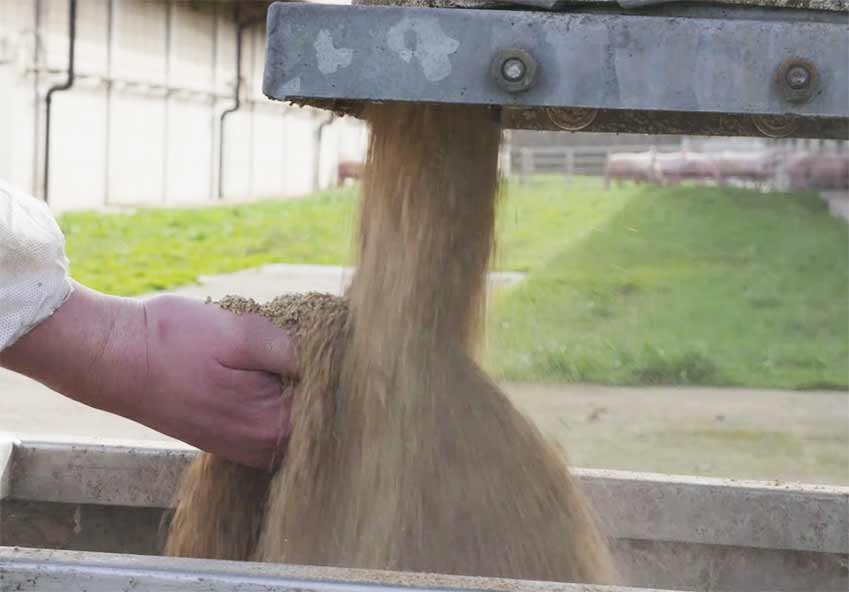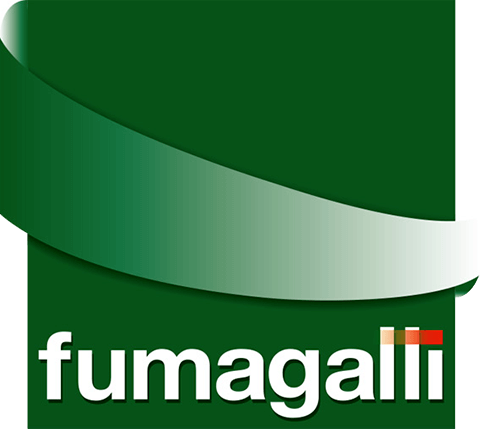
Strict regulations guarantee the quality and composition of pig fodder.
On Fumagalli farms, animal feed is tightly controlled and the feeding guide is binding as regards both its composition and characteristics. The food plan, composed exclusively of plant nutrients, is drawn up by specialised technicians who create a balanced diet according to the needs of the animals and the food available. The food is prepared to provide a healthy regimen and is adapted to the different areas of production, age and species. This is done in amounts that are sufficient to keep animals in good health and satisfy their nutritional needs. Animals can be fed either manually or mechanically, and the food can be in dry or wet form. The exact amount of feed depends on the different stages of the breeding cycle for each group of animals (lactation, gestation, reproductive growth, weaning, growing, finishing). “The feed used on our farms – says Paolo Santi, head of the Nerviano breeding centres, part of the Fumagalli Group, – is always sampled. These samples are stored for the entire period of use, plus a further 10 days, to check for the presence of any toxins”. When controlling the feed, the breeder follows a strict check list that involves verifying the absence of mould, smells and heat in the feed and eliminating any lumps, for example, from sweetcorn niblets that have not been ground up well. At Fumagalli a sample of feed is checked every six months both in the factory and on the farm to test the quality of the food and the presence of any prohibited drugs. The pigs in need of drug therapies are fed with medicated feed which is stored in special silos to avoid it ending up, even unintentionally, in the feed for healthy animals.
